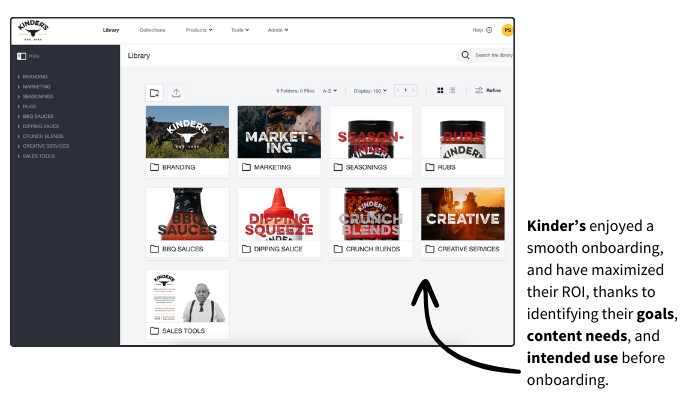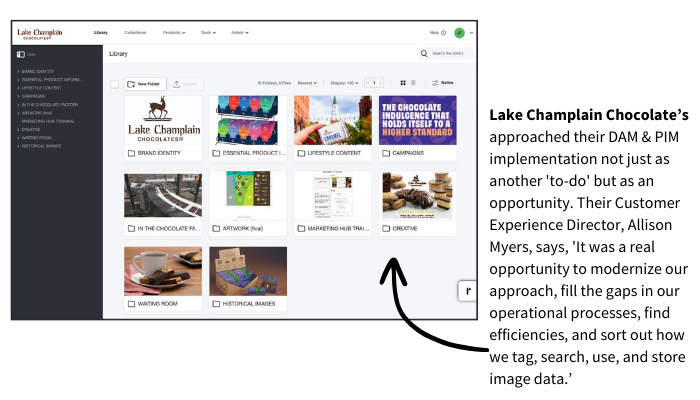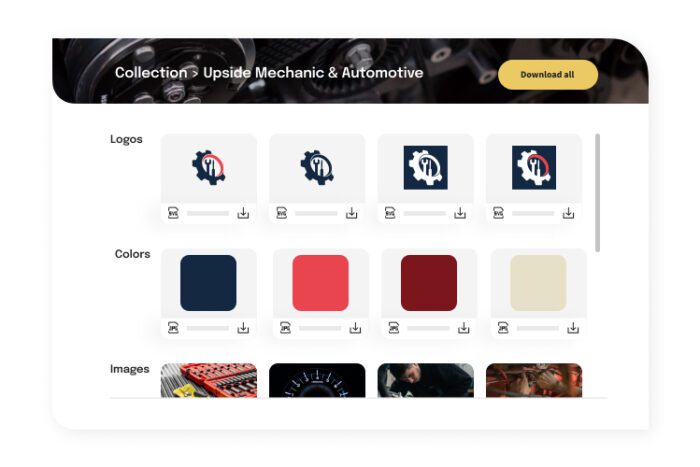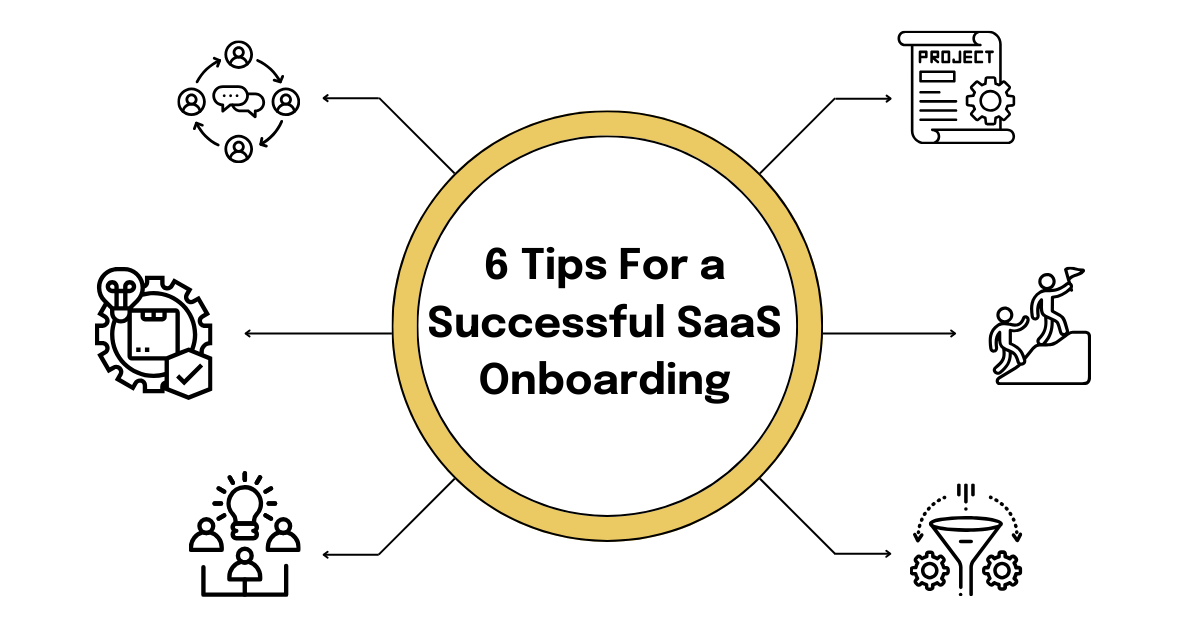Pro Tips for a Successful Implementation

As an Image Relay librarian, I’ve helped hundreds of clients implement our DAM/PIM platforms over the years. From non-profits to universities to internationally recognized brands, I’ve seen firsthand what it takes to make an implementation run smoothly. Our librarian team has developed a standardized implementation process to guide clients as efficiently as possible but there are always simple steps clients can take to make the process as effective as possible. I’m excited to share what I’ve learned along the way!
These are my TOP TIPS for successful implementation.
1. Choose A Point Person 🧍♂️
The quickest, most seamless implementations all have one thing in common: an effective point person. We’re always here for you, but it’s essential to have a person on your team leading the transition: attending all meetings, communicating expectations, and taking responsibility for making sure all milestones are met.
I have worked with people in marketing departments, CEOs, sales teams, administrative assistants, and countless other roles. At the end of the day, it doesn't matter what role the person works in at a company, only that they understand, and are committed to, the value the new software will bring to the organization.
When responsibility is too dispersed, communication slows down quickly–and so does implementation. This can lead to time and money lost, not to mention lots of frustration.
Before you take the DAM plunge, assign a point person who understands the process and is motivated to get the project done.
2. Understand Your Goals 📊
Having clear goals for what you want to achieve can really help with how we structure your project. Here’s some questions to consider
- What are the goals for your DAM/PIM?
- Is your DAM/PIM for internal users or external users? Or both?
- Will you share links openly or rely on log-in access?
- What kinds of files or information will be kept in the system?
- Will this be your single source of truth, or will you also store files elsewhere?
Knowing what your organization wants to achieve will get us moving in the right direction from the beginning.

3. Create A Sense of Urgency ⏰
In kick-off meetings, most clients will say their timeline for implementation is “ASAP.” But far too often, implementation gradually slips down the priority list and drags on–sometimes for months.
That’s why the most effective implementations have self-imposed deadlines. Sit with your team and outline a speedy, but attainable, timeline. Then stick to it!
Having deadlines in place helps keep everyone on track so that your DAM can start bringing value to your organization. Without deadlines, it’s easy to fall behind. Before you know it, six months have passed. As an external partner, it’s my job to support, encourage, and occasionally nudge. But deadlines have to come from within.
4. Put In The Work 🏋🏽
I often say to clients: “We’re going to make your life a little harder in the short term, but a lot easier in the long run.” And no doubt about it, getting a DAM set up can be a big lift, especially if you have years of backlogged files. But it’s worth the time and energy upfront because once those files are uploaded, life gets easier. Gone are the days of searching through hundreds of files to find the one you want, or using sketchy transfer services to send a client files.

Bonus Tip for PIM: Data Governance 🌟
While a DAM is all about your assets (images, PDFs, presentations, docs), PIM is all about your product information. While some organizations come to us with their information (SKUs, variants, weights, marketing descriptions, etc) well organized, it’s rare. Most company’s product info is scattered around between spreadsheets, drives, binders, and Dropbox.
A PIM centralizes all your product information for easier access. But it’s important to come into the process knowing that data governance is challenging–even for well-organized companies. Before you start the PIM journey, think about where your data is currently stored and what data you want in the PIM, then gather as much as you can ahead of time.
Whatever your goals, the librarians and implementation consultants at Image Relay are here to help!



